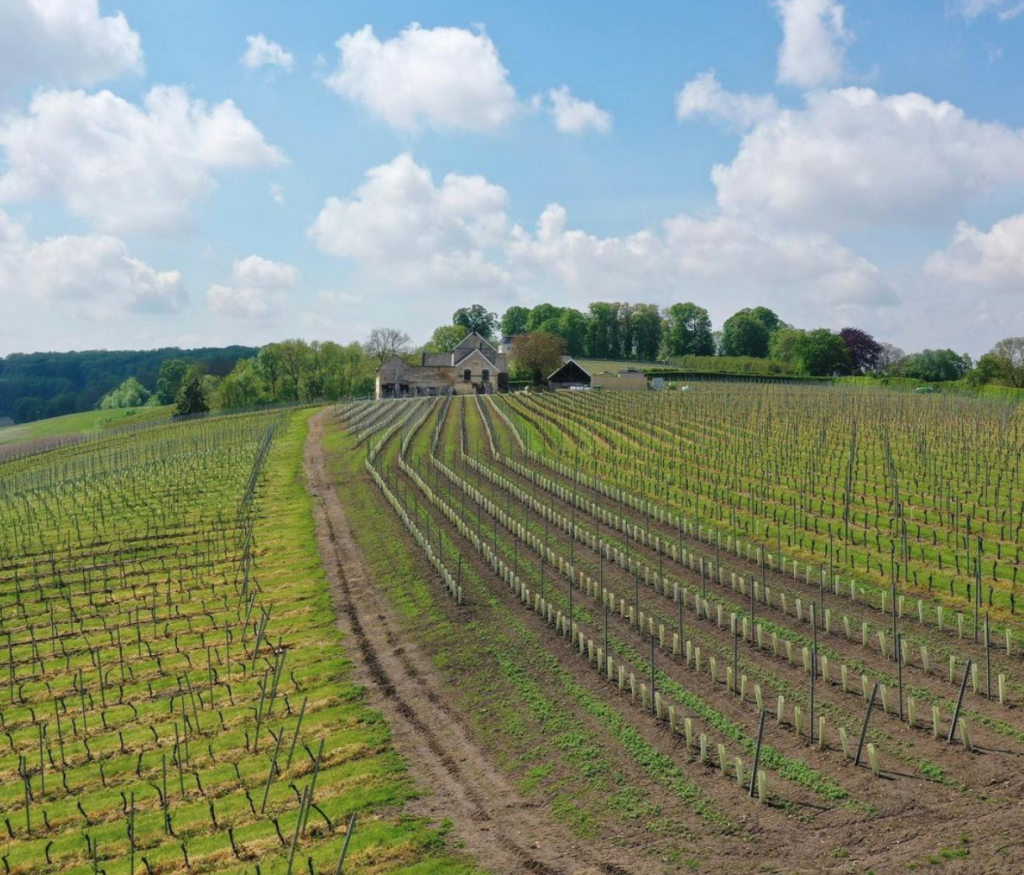Dutch Wine Comes of Age

This year, 2023, marks the 50th vintage of commercial winemaking in the Netherlands. The Apostelhoeve winery was the first to take up the gauntlet and plant vines in 1970. Even though the growth of Dutch wine production has accelerated, Apostelhoeve has retained its prominent position. Its wines are allocated to retailers, wholesalers, and restaurants, but only after a personal conversation with owner and winemaker Mathieu Hulst. In the slipstream of Apostelhoeve’s journey to success, a small but expanding — and increasingly interesting — Dutch wine sector is emerging. Apostelhoeve is located just a half-hour walk outside the historical center of…
